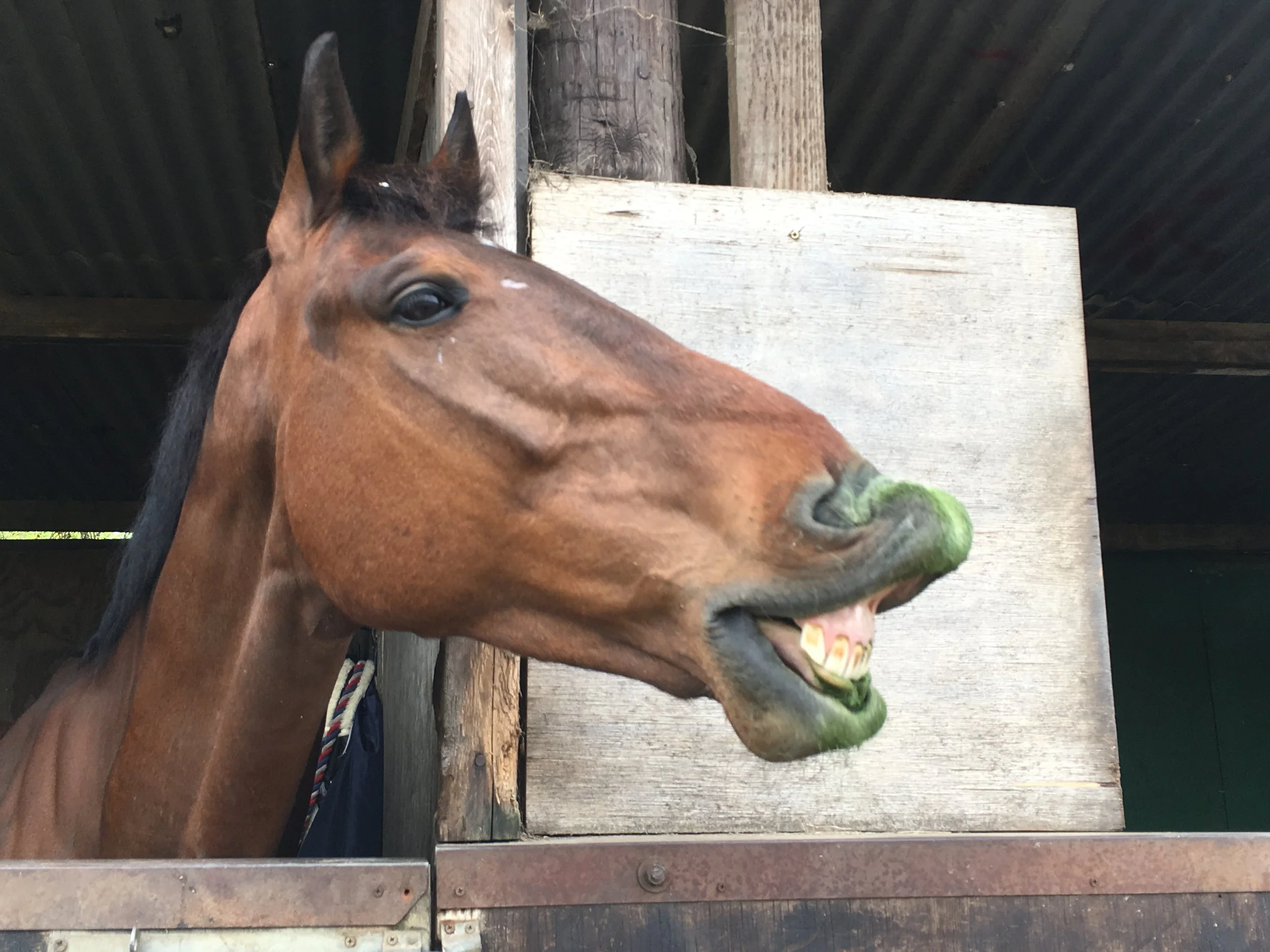Articles & Science Papers on Zoopharmacognosy
This page contains links to articles, science papers and books directly related to Zoopharmacognosy. Also links regarding animal welfare and wellbeing, so it can become a helpful and comprehensive resource. Ongoing in its development - please email me if there is a link you would like me to consider adding - feedback and suggestions always welcome!
Zoopharmacognosy Articles
Accessible and succinct overview on Zoopharmacognosy and its potential benefits: "How self-healing animals could save humans: http://news.mongabay.com/2011/1127-hance_zoopharmacognosy.html
A great “bite-sized” listing of Cosmos Magazine’s “Zoopharmacognosy Top 9” – from giraffes to starlings! http://archive.cosmosmagazine.com/news/the-zoopharmacognosy-top-nine/
Well-written article by “SkepVet”, who concludes: “So do animals self-medicate? I would say the answer is a qualified “yes.” http://skeptvet.com/Blog/2012/10/zoopharmacognosy-do-animals-self-medicate/
Some more great examples of different species that self-medicate, from the Quantum Biologist: http://quantumbiologist.wordpress.com/2011/01/26/zoopharmacognosy/
Zoopharmacognosy: Nature’s Pharmacy Used by Animals (*caution - Wikipedia references!)http://www.articlesbase.com/alternative-medicine-articles/zoopharmacognosy-natures-pharmacy-used-by-animals-536684.html
Zoopharmacognosy Science Papers
Rounak, S., Apoorva, K. and Shweta, A. (2011). ZOOPHARMACOGNOSY (ANIMAL SELF MEDICATION): A REVIEW International Journal of Research in Ayurveda & Pharmacy IJRAP 2011, 2 (5) 1510-1512 http://www.ijrap.net/admin/php/uploads/644_pdf.pdf
Ansari, A.M., Khandelwaland N., and Kabra M. (2013). A Review on Zoopharmacognosy. INTERNATIONAL JOURNAL OF PHARMACEUTICAL AND CHEMICAL SCIENCESVol. 2 (1) Jan-Mar 2013 pp.246-253 http://ijpcsonline.com/files/35-382.pdf
Ramen, R. and Kandula, S. (2008) Self-Medication in Wild Animals. Resonance Vol 13 (3) Mar 2008 pp.245-253http://www.ias.ac.in/resonance/Volumes/13/03/0245-0253.pdf
Current Evidence for Self-Medication in Primates: A Multidisciplinary Perspective. YEARBOOK OF PHYSICAL ANTHROPOLOGY 40:171–200 (1997). MICHAEL A. HUFFMAN Primate Research Institute, Kyoto University, Aichi, Japan http://studentresearch.wcp.muohio.edu/MedicinalPlants/SelfmedicationPrimates-97.pdf
Huffman, M.A. (2003). Animal self-medication and ethno-medicine: exploration and exploitation of the medicinal properties of plants. Proceedings of the Nutrition Society62, pp 371-381 (abstract only) http://dx.doi.org/10.1079/PNS2003257
Herbal Extracts - Science papers and articles
Rose Otto (R. damascena) and it's capacity to reduce adrenal responses in humans by up to 30%: Haze S., Sakai K. and Gozu, Y. (2002). Effects of fragrance inhalation on sympathetic activity in normal adults. [Online]. Available at: https://www.ncbi.nlm.nih.gov/pubmed/12499579
Valerian Root (Valeriana officinalis) effects on neurotransmitter contents: Waggas, A.M., (2007). Daily Dose effect of Valerian root extract on some Neurotransmitter contents in different Brain areas of male Albino Rats. Saudi Journal of Biological Sciences, 14 (2) 201-214; [Online] Available at: http://www.kau.edu.sa/Files/0009057/Researches/24531_24773.pdf
Vetiver (Vetiveria zizanioides) sedative effects: Thumthimthed, S., Thisayakorn, K. et al. (date not shown). Vetiver Oil and Its Sedative Effect. [Online]. Available at: http://citeseerx.ist.psu.edu/viewdoc/download?doi=10.1.1.532.5491&rep=rep1&type=pdf
Yarrow (Achillea) and its capacity for wound-healing: Barreto R.S.S. et al. (2014). A Systematic Review of the Wound-Healing Effects of Monoterpenes and Iridoid Derivatives. [Online]. Available at: www.mdpi.com/1420-3049/19/1/846/pdf
Yarrow (Achillea) and its capacity for wound-healing: Agar, O.T., Dikmen, M. et al. (2015). Comparative Studies on Phenolic Composition, Antioxidant, Wound Healing and Cytotoxic Activities of Selected Achillea L. Species Growing in Turkey. Molecules. 20(10), 17976-18000; doi:10.3390/molecules201017976

